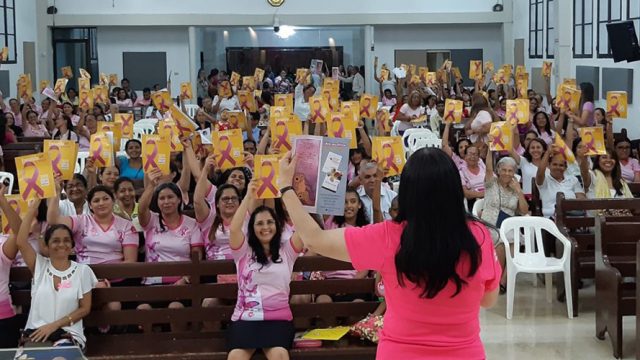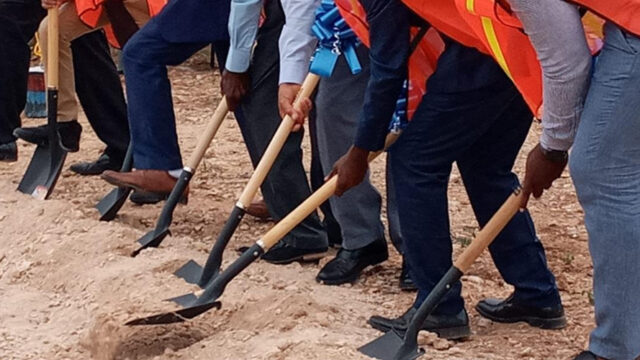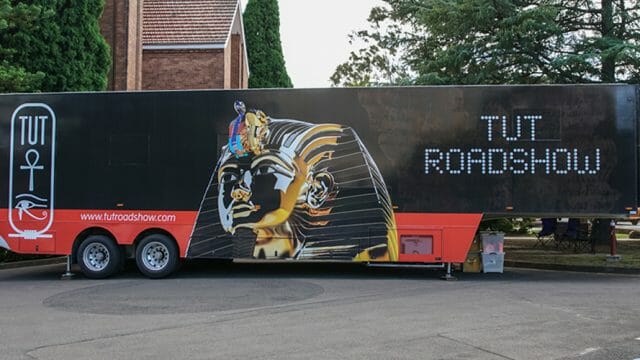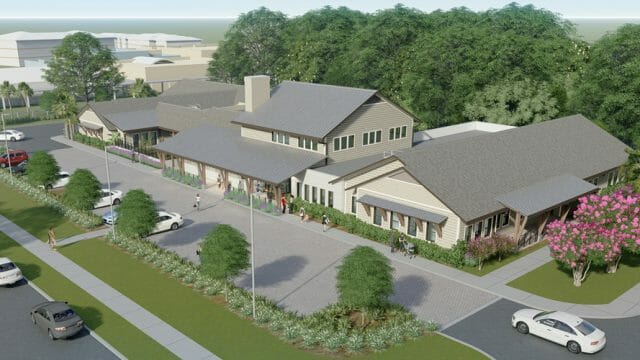Andrews University’s International Center for Trauma Education & Care hosts virtual training.
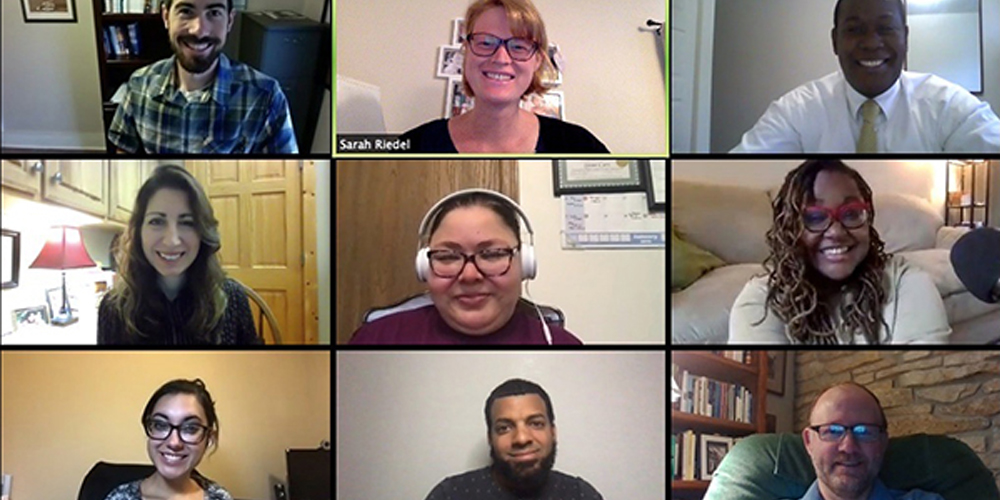
Ninety registered participants recently attended a virtual Trauma Awareness and Intervention training provided by Andrews University’s International Center for Trauma Education & Care over Zoom.
In addition to the United States, training participants represented a total of eight countries. Individuals attended from the Bangkok Adventist International School and the Ekamai International School in Thailand and the Cambodia Vietnamese Adventist School in Cambodia. Other participants were from Myanmar, Laos, Canada, Argentina, the Philippines, and Australia.
The training was led by Ingrid Slikkers, assistant professor of social work and trauma education center director; Bill Wells, refugee coordinator for Advocates for Southeast Asians and the Persecuted (ASAP Ministries); and Charity Garcia, assistant professor of curriculum and instruction at Andrews University.
“The intended purpose and goal was to give teachers, education leaders, and ministry leaders who work with refugees and displaced persons the skills to help communities they serve to address the issues of trauma and heal from them,” Wells said.
According to the training flyer, the objective was to help participants learn how traumatic experiences affect the whole person. Participants explored various topics, including how to identify the effects of trauma; ways to better understand those affected by trauma; practical skills for teachers and community leaders; and strategies to promote healing in themselves and others.
In the last two days of the session, participants were divided into two groups for workshops: educators and community leaders. Topics in the workshops included how to have a trauma-informed ministry and trauma-informed or trauma-sensitive classrooms.
Slikkers led the workshop for pastors and community leaders titled, “Trauma-Informed Care.” At the same time, Garcia served as the lead presenter for the educator workshops titled, “Trauma-Sensitive Schools: Building Community and Resilience.”
“Working together across departments with all of our unique strengths, joining together to make a positive impact on teachers and community leaders from multiple countries was an absolute privilege,” Garcia said. “The teachers that participated particularly enjoyed the faith-integrated and hope-filled perspective of trauma, as well as learning practical strategies to regularly engage in self-care and to meet the needs of their students.”
Throughout the training, Slikkers, Garcia, and Wells were assisted by recent Andrews alumni Jasmin Wilson and Mary Gayen, and undergraduate and graduate students from the School of Social Work and the Department of Teaching, Learning and Curriculum: Erick Pena, Sarah Riedel, David Springer, Jennifer Pena, and Stephanie Wilczynski.
“In this time of COVID-19, so many people have emotional and mental burdens that they carry. Yet still, many of them work in professions in which they have to take care of others. The training empowered them to help take care of themselves, their charges, and even share a ray of hope. This, to me, was an extremely impactful and rewarding experience,” David Springer said.
This training session was the fourth partnership between ASAP, the Andrews University School of Social Work, and the newly created International Center for Trauma Education & Care. These entities have been offering training and education segments together since 2018 and were originally planning for this training to be a mission trip to allow for in-person training.
“We plan to continue to do trainings in the future and are now thinking through how to provide them via Zoom, since we have requests already lined up for the next couple of years to go in-person,” Slikkers said. “This has opened possibilities that we had not previously imagined, where not only more students can be involved but more people can be reached.”
Participants who completed 10 hours of training by attending each of the five days received a certificate of completion in the first step of certification that will be possible through the new center.
Though the training was not in-person as expected, leaders and participants expressed the feeling that it made an impact. “The depth of vulnerability that they were willing to express, even though we were only meeting by Zoom, was really a surprise to me,” Wells said. “That depth of vulnerability showed that these were teachers and ministry leaders who recognized that this was a safe place to talk about real things in their own lives. Also, about situations in their churches and schools that we could discuss openly with them and give them encouragement, insight, or help.”
“God blessed in a way beyond anything I could have imagined,” Slikkers added. “Initially, I was frustrated that because of COVID, we had to do this work via Zoom rather than in person. However, I feel the connections that were created were orchestrated by the Holy Spirit. We had participants state that after this training, they would like to have trauma-informed schools, churches, church boards, and leadership.”
To facilitate more participation and model the importance of community in the Zoom training, presenters limited their use of PowerPoint slides. They encouraged participants to turn on their video to see each speaker and make as much eye contact as possible.
“We prayed that we would find community among our participants, despite being on the Zoom platform, and that the sincerity of our message and the beauty of Christ’s healing would shine through,” Wilson said. “Watching God work through our imperfections, limitations, the technology mishaps, and a decent language barrier was life-changing and continues to be a driving force through which we serve.”
Before the training, participants filled out a survey regarding what they knew and understood about trauma. After the event, they filled out another survey that evaluated what was done well and what they found most helpful. The goal was to provide the team of presenters with knowledge of how to facilitate this kind of training in the future.
“Despite being a remote platform, the presentations were very interactive and fostered a sense of community amongst the participants that was as rich as those that I’ve experienced in on-site courses — in many ways richer,” said Lorraine Hexstall, a training attendee. “The fact is, we were doing more than gaining tools to use in our spheres. Through [the] training, we perceived that God is building a global community of wounded healers uniquely equipped to meet today’s social and spiritual needs. We entered as students and left reveling anew about being granted the grace and privilege of being part of God’s family. What a mighty God we serve!”
The original version of this story was posted on the Andrews University news site.


